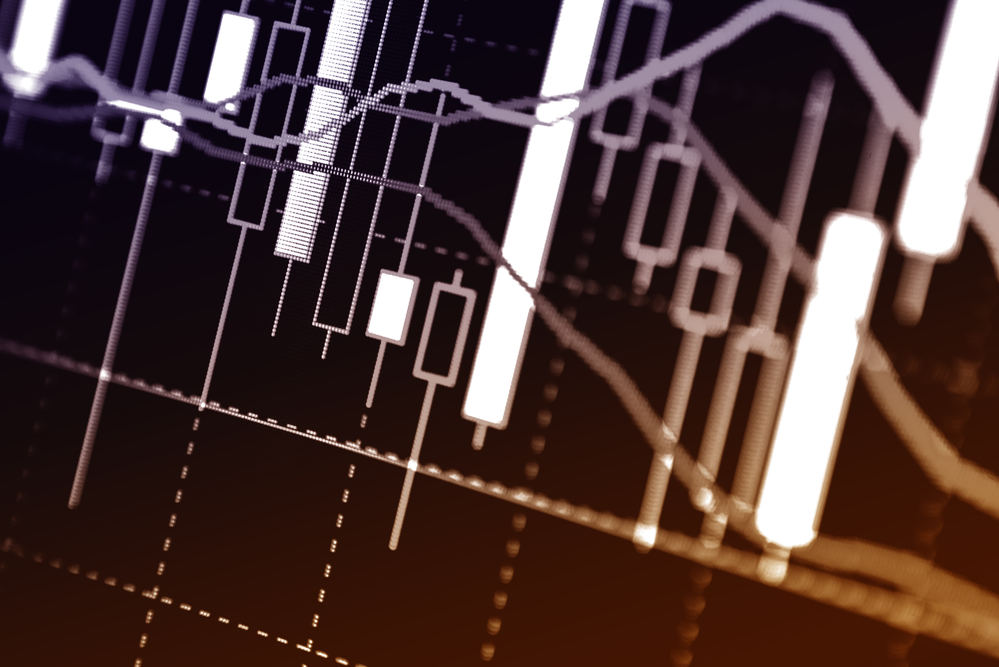
Monetary Policy & Inflation | US

Monetary Policy & Inflation | US
The Federal Reserve (Fed) hiked by 25bps on Wednesday, in line with consensus, largely due to signs that the Fed measures to stabilise the banking system were working.
This article is only available to Macro Hive subscribers. Sign-up to receive world-class macro analysis with a daily curated newsletter, podcast, original content from award-winning researchers, cross market strategy, equity insights, trade ideas, crypto flow frameworks, academic paper summaries, explanation and analysis of market-moving events, community investor chat room, and more.
The Federal Reserve (Fed) hiked by 25bps on Wednesday, in line with consensus, largely due to signs that the Fed measures to stabilise the banking system were working. The latest Fed balance sheet data showed overall lending to banks did not increase last week, with banks increasing their borrowings from the BTFP and decreasing their DW borrowing by the same amount. The Fed also acknowledged that the ‘the Committee remained highly attentive to inflation risks’.
Deutsche Bank sounds the alarm again on the health of the banking system. Deutsche Bank shares plunged on Friday after a spike in the cost of insuring the bank’s debt against the risk of default. The bank’s five-year credit default swap (CDS) spiked to its highest levels since 2019.
Turning to market moves. The global banking system’s renewed instability drove investors towards treasuries. US 10Y yields closed the week at 3.38% (-1bp WoW), while the yield on the policy-sensitive US 2Y closed the week at 3.76% (-5bps WoW). In terms of yield curve inversion, the magnitude of the 2s10s inversion sits at -38bps. The probability of recession increases with yield curve inversion.
The probability of recession within the next twelve months assigned by our recession model, which uses the 2Y10Y part of the yield curve, was at 77% on Friday. Meanwhile, the Fed recession model, which uses the 3M10Y part of the yield curve, produced a 61% chance of recession (Chart 2). Notably, both models produce recession probabilities higher than the 2007-2008 Global Financial Crisis.
We introduced two models for predicting US recessions using the slope of the US yield curve. When long-term yields start to fall towards or below short-term yields, the curve flattens or inverts. This has often predicted a recession in subsequent months. Our model is based on the 2s10s curve compared to a model from the Fed that is based on 3M10Y curve. We believe that the 2Y better captures expectations for Fed hikes in coming years and is therefore more forward-looking.
Spring sale - Prime Membership only £3 for 3 months! Get trade ideas and macro insights now
Your subscription has been successfully canceled.
Discount Applied - Your subscription has now updated with Coupon and from next payment Discount will be applied.